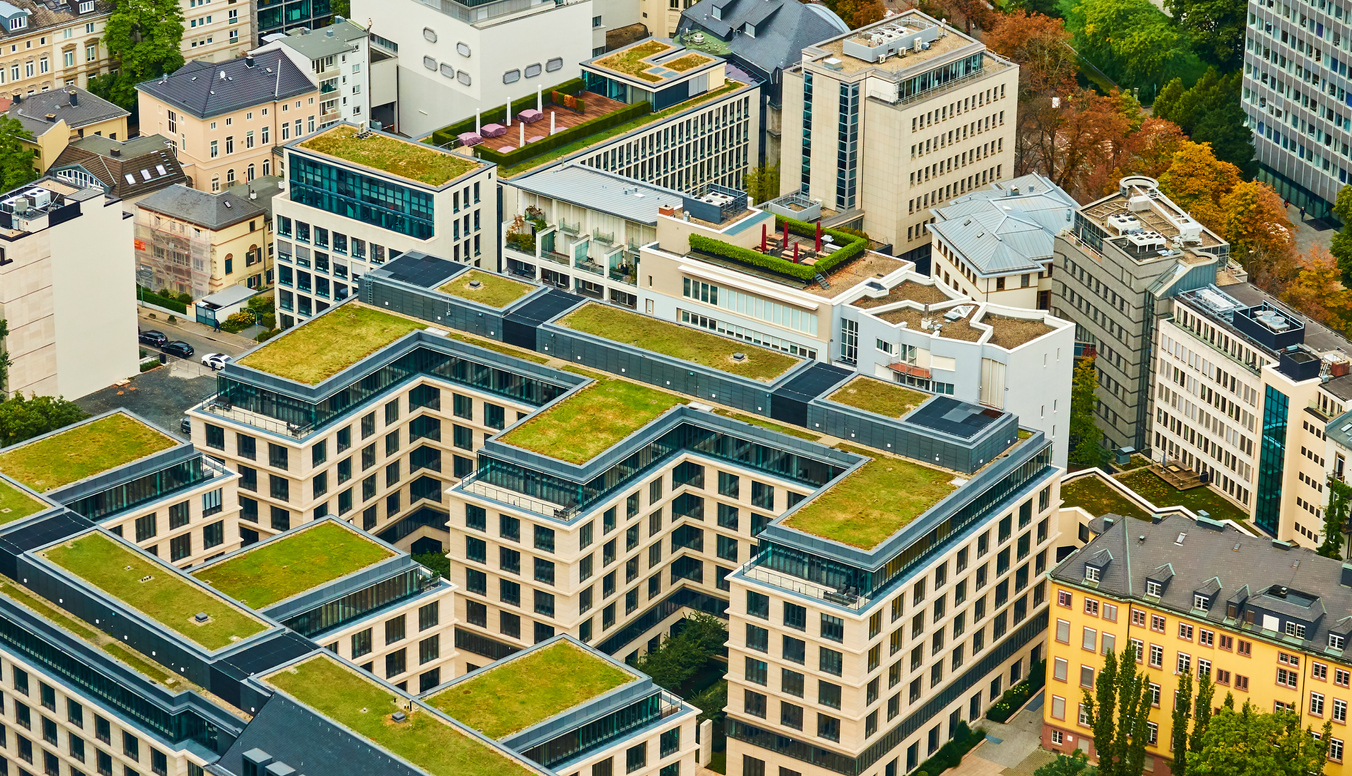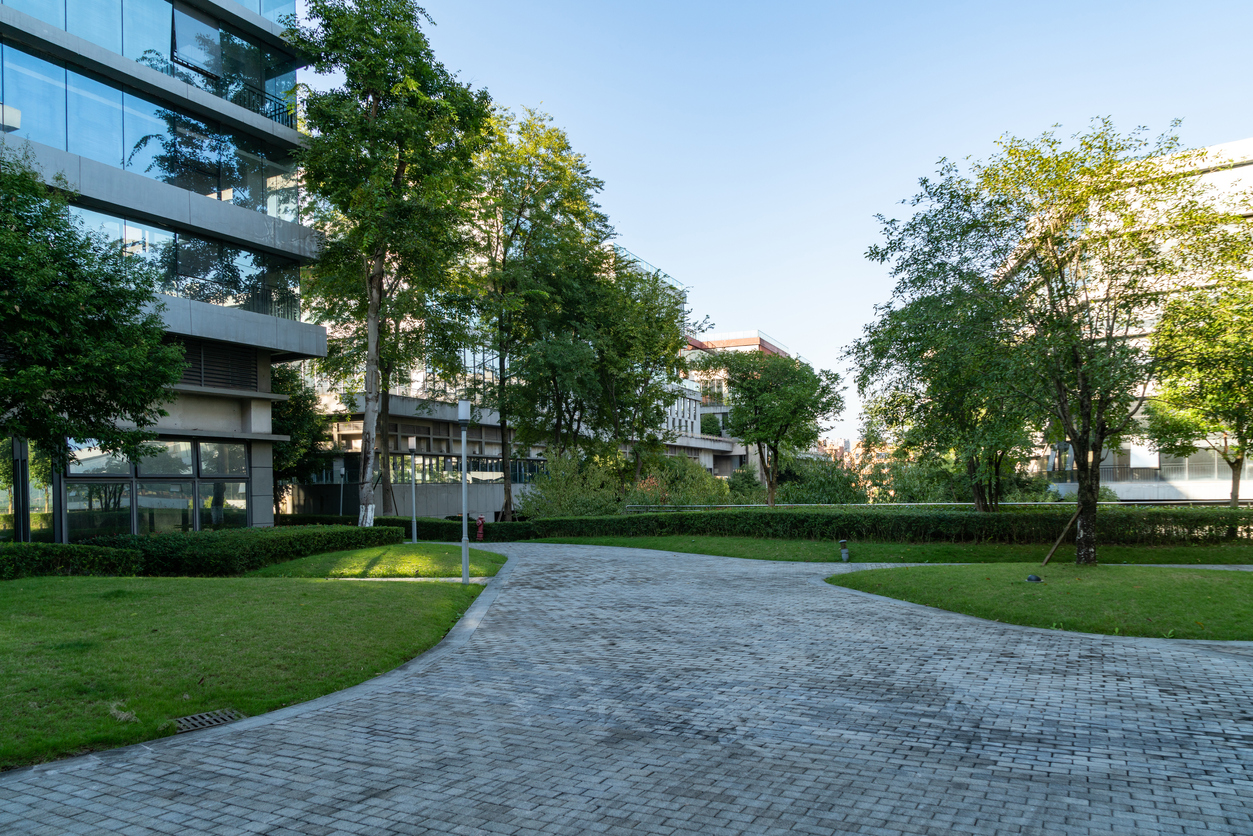What are ‘Sponge Cities’ and how can they help combat water scarcity?
A new era of urban development is creating cities that embrace the natural water cycle – floods and all.
Sponge cities aren’t a new idea so much as traditional solutions on a larger, more integrated scale. So what are these solutions, and what do they mean for sustainable urban water management?
Most cities aren’t built to accommodate lots of water. As a result, rapid urbanization and city infrastructure are hurting water security.
Urbanization replaces green spaces and wetlands with impermeable roads and surfaces that increase the risk of flooding and water scarcity. Growing populations, industrial demand, construction, and climate change all exacerbate the problems.
In Chennai, south India, urbanization and heavy rains have caused devastating floods. And more than 200 cities across China experienced flooding in 2013. The urban water problem is a global issue – but there may be universal solutions, too.

Rather than fighting the water cycle, sponge cities embrace it through bioswales and green roofs. They reintegrate natural solutions, such as ponds, lakes, and urban wetlands which are designed to flood (methods rural communities were using in the Bronze Age, and which have since been adopted by proponents of sustainable drainage).
The idea is to retain rainwater where it falls rather than channeling it away as quickly as possible. Water can then be stored or reused more sustainably.
As a result, cities are better able to manage and mitigate the biggest urban water management issues: surface flooding, scarcity, and heat islands.
Chongqing, China’s sponge city

Chongqing is one of 30 sponge cities in development across China. Led by Professor Yu Kongjian, the philosophy uses ancient water management methods to balance natural and constructed environments.
In Chongqing, as elsewhere, this has manifested as a mix of grey, blue and green solutions retrofitted to turn the tide on urban flooding.
One of these is Tongnan Dafosi Wetland Park, constructed both to absorb floodwater from the Fu River and provide a green space for urban residents. This is a common benefit of such solutions: they combine ecological preservation with human wellbeing.
In Yuelai district, Exhibition Center Park is set lower than its surroundings to collect rainwater, which is filtered by layers of aquatic plants. Pavements are similarly made of permeable materials, allowing rainwater to infiltrate.
This suite of responses helps alleviate flooding, as water is absorbed or captured rather than overwhelming sewers and rivers. Stored water answers issues of scarcity, as it can be reused for irrigation, plumbing or heating.
A smart storm water control system ties the initiatives together. This offers a global, real-time view of Chongqing’s sanitation network, with data are drawn from sensors in the network plus weather forecasts.
Keeping Berlin cool

If China’s sponge cities are predominantly a flood defense, Berlin is adopting the concept in response to rising temperatures triggered by urbanization and climate change.
Stadtschwamm, as the concept is known in Germany, does reduce flooding and the polluted run-off that kills fish. But allowing the city to soak up rainwater also embraces the water cycle’s natural cooling properties.
Land naturally absorbs rain; however much of it evaporates, cooling the environment as it does so. Cities disrupt this process because water can’t soak into the concrete and is piped away (or overwhelms drains and sewers, causing surface flooding).
The resulting urban heat island retains temperature rather than water, leaving cities at risk of heatwaves and vulnerable to climate change.
Rummelsberg in east Berlin is trying to alleviate such risks. Buildings here are topped with 6-8cm green roofs, where vegetation helps retain rainwater.
Water is also directed into a central courtyard. The parking garage lies beneath it; above, an 80cm soil layer acts as both a garden and green roof, cooling the neighborhood through nothing more than evaporation.
Similar principles can be found across Berlin. This includes Schumacher Quartier, currently in development on the site of decommissioned Tegel Airport.
When complete, the residential and business community will comprise green roofs, bodies of water, and ecologically diverse butterfly meadows instead of grass lawns.
Are sponge cities the future?
The UN calls sponge cities an effective approach to urban water management, but they don’t promise immediate or quick fixes.
Zhenghou in China has invested US$80 million on sponge city solutions. These weren’t enough to cope when a year’s worth of rain fell in three days in 2021, killing 300 people.
Professor Yu maintains sponge cities are highly effective – when properly implemented. In the meantime, extreme weather events highlight the need for integrated urban planning and solutions and a commitment to addressing the human causes of too much and too little water.